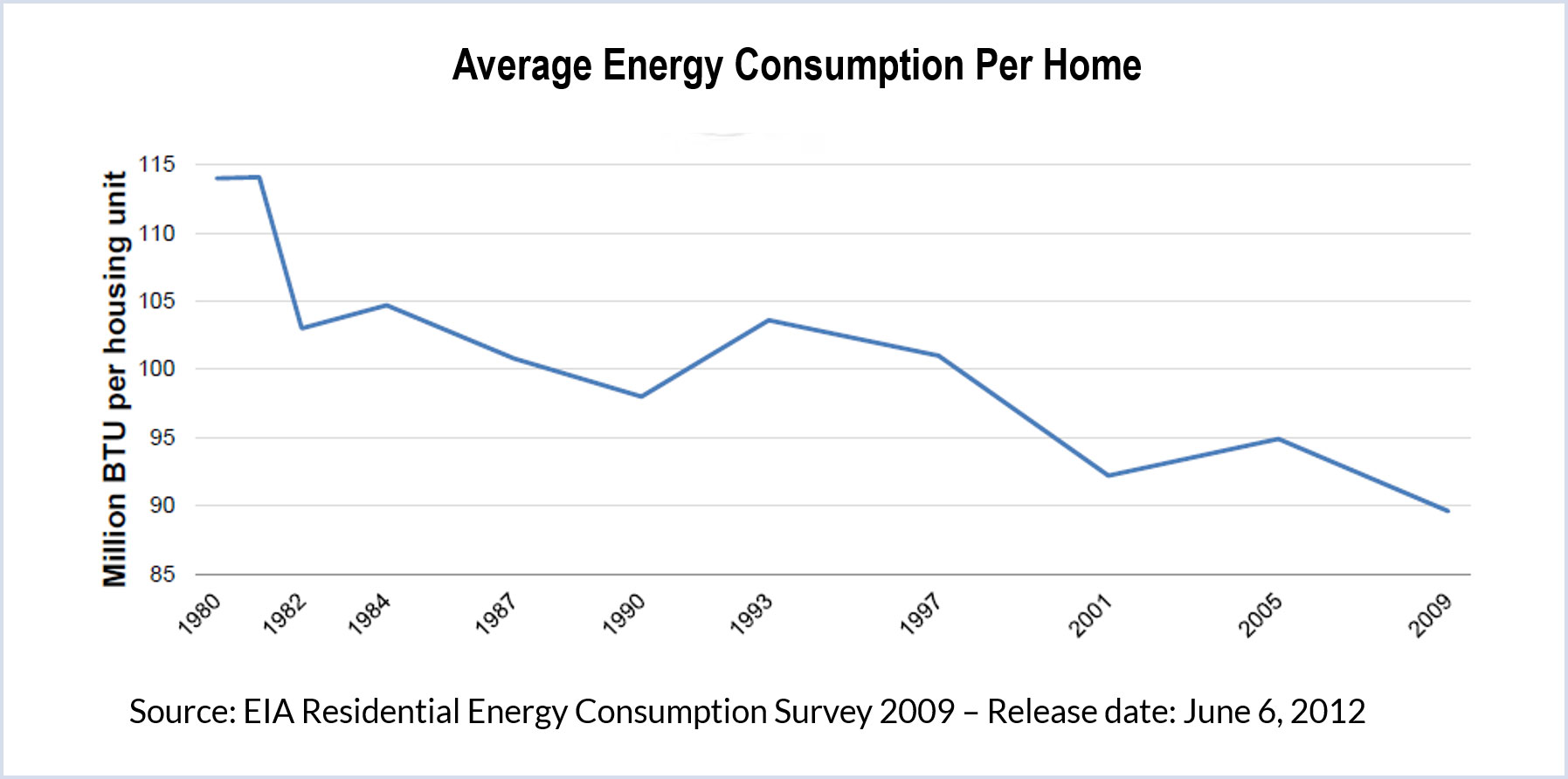
The new procedure will apply to residential customers on non-interval meters and under direct load control of a curtailment service provider. The measurements will be used to evaluate the performance of resources participating in synchronized reserve, economic energy and load management programs.
The sampling would replace outdated studies dating back to 2001. Sampling is a way to improve accuracy without the cost of installing one-minute meters on every participating household, PJM said. The rule would take effect June 1, 2015, with a transition mechanism for resources that cannot meet new requirements for delivery years 2016 through 2018. (See MIC Briefs, Sept. 9.)
The OC approved the proposal with 14 abstentions and 19 objections, 15 from FirstEnergy. FE’s Jim Benchek said PJM shouldn’t take action on the issue given the uncertainty over DR’s role in wholesale markets as a result of the EPSA ruling and FE’s complaint seeking to prevent DR from clearing in capacity markets. (See EPSA Stay Complicates PJM’s 2015 Capacity Auction Plans.)
Benchek said the change represents a “carve out” for residences while generators must use interval meters. “If we make an exception here, where does it stop?” he asked. “They should have interval metering like anyone else if they want to sell synchronized reserves.”
Consultant Tom Rutigliano of Achieving Equilibrium said the committee’s action will have no impact on the ultimate fate of DR in wholesale markets, which may be decided by the Supreme Court. To avoid legal problems, PJM has proposed eliminating DR as a capacity supply resource, suggesting load-serving entities instead offer DR and energy efficiency to reduce their capacity obligations.
“This is still just a good measurement technique, no matter who’s doing DR,” Rutigliano said.
Day-Ahead Scheduling Reserve Set at 5.93%; Winter Reserve: 27%
The OC endorsed PJM’s recommendation to set the 2015 day-ahead scheduling reserve requirement at 5.93%, down from 6.27% in 2014. The new requirement is based on a load forecast error of 2.15% (up 0.04% from 2014) and a forced outage rate of 3.78% (down 0.38%). The changes will be reflected in Manual 13: Emergency Operations.
The committee also endorsed PJM’s proposed 2014/15 winter reserve target of 27%, unchanged from last winter. The 27% target, a percentage of the forecasted weekly peak load, is based on unit summer ratings.
PJM’s Tom Falin said the target does not include data from January 2014. “When we get to extreme conditions, I don’t know how binding this is anyway,” Falin said, noting that PJM would cancel maintenance outages if it anticipated a generation shortage. He said there were about 1,000 MW on maintenance on PJM’s all-time winter peak day in January.
TOs Asked to Update Load Dump Ratings
PJM is asking transmission owners to revise their ratings methodology to address facilities for which the long-term emergency (LTE) ratings are equal to the load dump (LD) measures.
TOs that are unable to make the changes through PJM’s rating methodology guideline should reduce the LTE rating by 3% of the LD rating. PJM wants the changes made by Dec. 1 so that it can determine their impacts on markets and planning before the revised ratings take effect June 1.
Concern over facilities with identical ratings arose as a result of the September 2013 hot-weather event, when PJM discovered that the normal, emergency and LD ratings on the Industrial-Summit 138-kV line were the same. “The impact of all the ratings being the same is there is no time for the dispatcher to perform anything but the most extreme action that must be taken once the load dump rating is reached,” PJM said in its heat wave analysis.
No Votes Gained on Interchange Volatility
A working group meeting last week failed to win any converts to PJM’s plans to limit interchange volatility, OC Chairman Mike Bryson said.
A Markets and Reliability Committee vote last month on PJM’s proposal to limit interchange during emergency conditions fell just short of a two-thirds approval. (See PJM MRC OKs Change on Reserves; Interchange Limit Falls Short.)
The Energy and Reserve Pricing & Interchange Volatility Sub-Group met on the issue last Tuesday in an attempt to reach consensus. “We tried to beat some votes out of people, but it didn’t really work,” Bryson said.
PJM officials said they intended to recommend operating under the new rules, which require only a manual change, with or without the two-thirds mandate. The rule is intended to prevent markets and operations from being whipsawed by large swings in imports.


